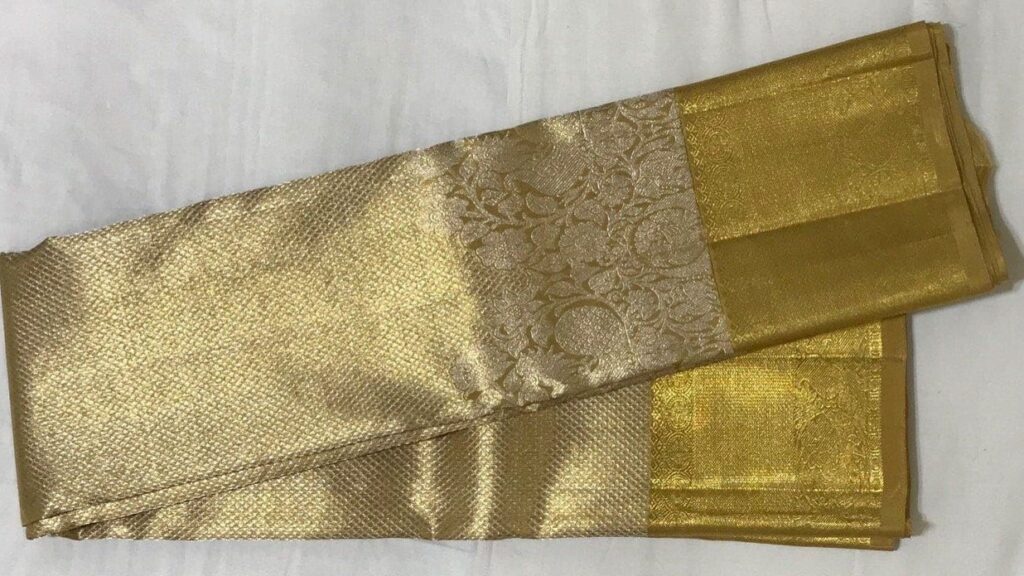When one thinks of timeless elegance in Indian ethnic wear, the Kanjivaram saree instantly comes to mind. Known for its rich texture, vibrant colors, and intricate designs woven with gold and silver zari, the Kanjivaram saree is much more than just a piece of clothing , it is a living tradition, a cultural emblem, and a symbol of South India’s regal heritage. This exquisite silk saree is named after the temple town of Kanchipuram in Tamil Nadu, which has been the heart of this craft for centuries. The saree’s luxurious appeal and divine associations have earned it the title “Queen of Silks,” and it remains a prized possession in every Indian woman’s wardrobe, often passed down through generations as an heirloom.

The origins of the Kanjivaram saree trace back to the 4th century and are deeply rooted in Hindu mythology. As the legend goes, Sage Markandeya, a revered figure in Indian scriptures, is believed to have woven a magnificent garment for Lord Vishnu using threads of gold and silk. This divine attire was considered the epitome of perfection and elegance, symbolizing opulence and spiritual richness. Inspired by this myth, two weaving communities the Devangars and Saligars who are believed to be the sage’s descendants, migrated from Andhra Pradesh to Kanchipuram. These skilled artisans began weaving sarees that mirrored the celestial garment, using the finest mulberry silk and precious zari threads. Over time, these sarees became synonymous with wealth, prosperity, and sacred devotion, often offered to deities in South Indian temples.
Even today, a pure Kanjivaram saree is made using high-quality mulberry silk sourced from South India and interwoven with genuine gold and silver zari, often crafted in Gujarat. What sets these sarees apart is not only their durability and shine but also the intricate temple-inspired motifs, mythological stories, and traditional patterns that adorn them. From bridal trousseaus to religious ceremonies, the Kanjivaram saree continues to be the garment of choice for momentous occasions. Its legacy has stood the test of time , from being handwoven tributes to the gods to becoming a symbol of pride and cultural identity. Every Kanjivaram saree tells a story, not just of craftsmanship, but of history, devotion, and timeless beauty.